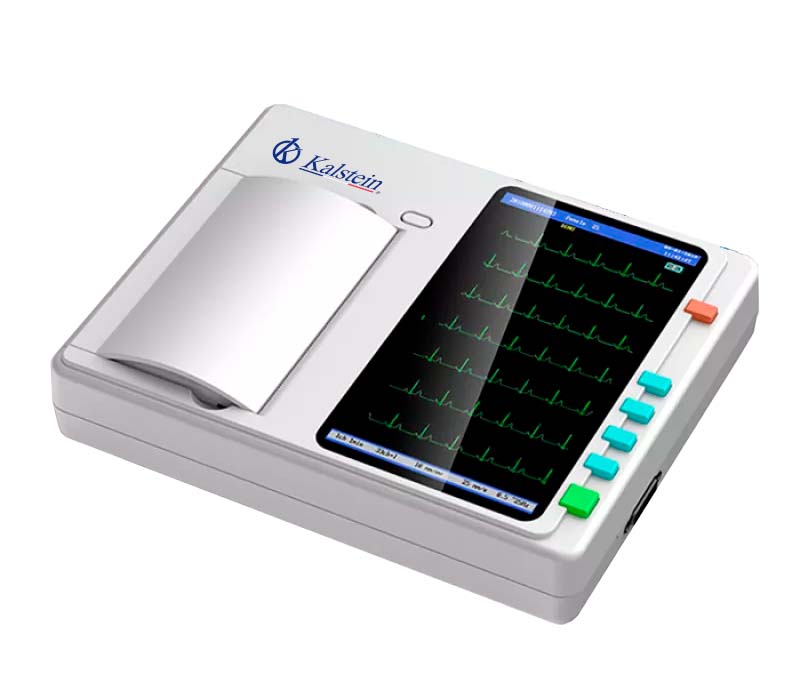The operating room side tables are furniture designed in non-porous stainless steel, easy to decontaminate and have wheels that make it easy to use inside the operating room. These tables are used to place sterile materials and instruments used during surgery, making them easier to use in the operating room and reducing the risk of contamination when they are seen.
In other words, they are very helpful elements in the operating room, since they provide in an orderly way the medical equipment and instruments necessary to ensure quick access to it, during an operation. The location of the auxiliary tables is of vital importance for the correct development of the intervention, they must be placed in a place that allows the player to visualize at all times the movements and indications of the surgeon.
Benefits of using side tables
- They allow to distribute the material and equipment according to the surgical times, facilitating the surgical intervention.
- They also help keep materials and instruments aseptic in the operating room, avoiding contamination of material, by keeping it clean and orderly.
- They keep the material in sight, allowing the required material and instrumentation to be quickly located.
- They allow you to control the number of material and track it.
- They enable us to act effectively and safely in patient care.
Types of auxiliary tables
- May table: The tables in May are auxiliary tables characterized by having a single stand that allows to place it on top of the patient, has a turnstile that allows to regulate its height. They also have a frame to place the tray and in it place the instrument to use immediately in the intervention. The purpose of this table is to have at hand all surgical material and instruments in order to follow the specific times of the surgical procedure according to the different maneuvers performed by the surgeon. So that the operating room staff does not waste time searching for material requested by the surgeon during surgery. The way in which the instruments are placed can be varied, and will depend on the type of intervention that is done, commonly the instruments for more immediate use are arranged and ordered according to the sequence of times of scheduled surgery. The table is divided by times which would be: cutting, dissection, haemostasis, fixation/traction, separation, specialty, and suture.
- Rectangular table: It is an auxiliary table that has a window to place in it the additional sterile material, solutions, among others.
- Kidney table: It is a type of table that has a semicircular shape and is named for its similarity with the kidney. It is a large piece of furniture and serves to have in it the material and instrumental that does not use continuously during a surgical procedure, such as the heaviest and most reserve material. It is located on the left side of the player during the surgical procedure.
What do we offer you in Kalstein?
Kalstein is a company MANUFACTURER of medical and laboratory equipment of the highest quality and that have the most advanced technology at the best prices in the market, so we guarantee you a safe and effective purchase, knowing that you have the service of a solid company and committed to health. In this opportunity we present our surgical table YR02158 is an operating table with hydraulic manual control with a load capacity of 200 kg. It can be easily configured and positioned to meet all types of surgical operation needs. Among its main characteristics we find: HERE
- The surgical table comes with a radio-transparent surface and is compatible with the C-arc.
- Use comfortable pads that are easy to replace and clean.
- The high performance hydraulic system is stable and ensures precise and quiet positioning.
- The surgical table is highly maneuverable with two central brakes.
- Easy position adjustment, through the controls below the section for the head
That’s why we invite you to take a look at HERE




